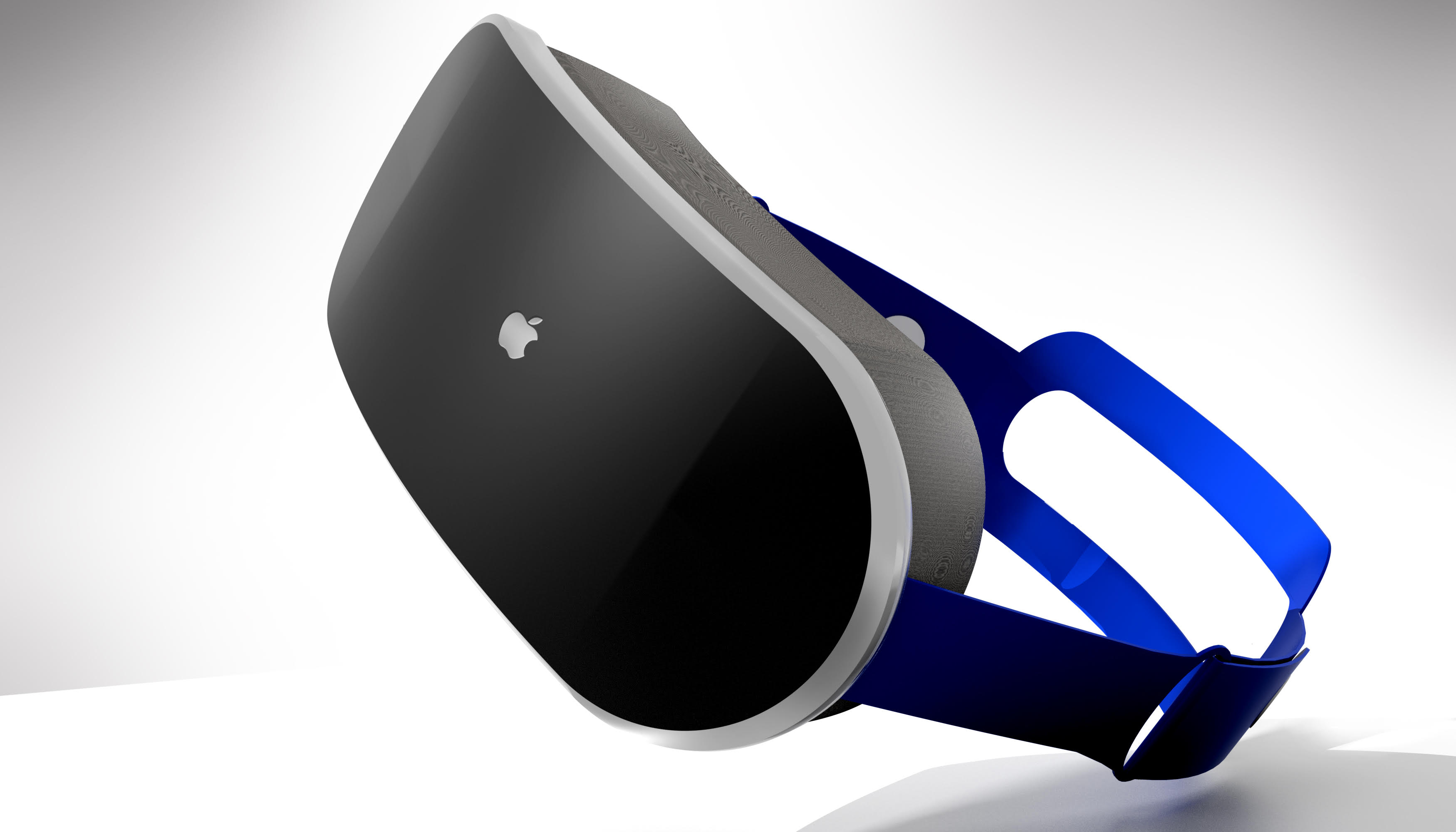Apple AR: Three things we just learned — and four big unknowns
A host of Apple AR information just dropped, but there are still gaps aplenty

It’s no secret that Apple CEO Tim Cook views augmented reality (AR) as the next big thing. He recently called it a “critically important part of Apple’s future” and the first iteration is expected next year.
Now, thanks to an investment note from Apple analyst Ming-Chi Kuo, seen by 9to5Mac, we have some interesting insights into what this Apple AR headset might look like. Kuo has a long track record of predicting Apple’s moves, though even the best Apple leakers get things wrong from time to time, so don’t take this as guaranteed.
Nonetheless, here are three things we learned, and four key things we still don’t know.
Three things we learned about Apple’s AR headset
Apple AR headset will have Mac-level power and then some
According to Kuo, the headset could feature two processors and it doesn’t sound like Apple will be scrimping on power, either. “The higher-end processor will have similar computing power as the M1 for Mac, whereas the lower-end processor will be in charge of sensor-related computing,” Kuo writes.
“Apple’s AR headset requires a separate processor as the computing power of the sensor is significantly higher than that of the iPhone,” he continued. “For example, the AR headset requires at least 6-8 optical modules to simultaneously provide continuous video see-through AR services to users. In comparison, an iPhone requires up to 3 optical modules running simultaneously and does not require continuous computing.”
Despite all this Apple's mixed reality headset could be very light, weighing even less than the Oculus Quest 2.
Get instant access to breaking news, the hottest reviews, great deals and helpful tips.
Not just AR, but VR too?
While 9to5Mac was light on the specifics of this point, Kuo predicts that the Apple AR headset will feature two 4K micro OLED displays courtesy of Sony. To Kuo, that’s a sign that the headset might not just be for AR, but could potentially handle VR as well.
Apple is here for the long haul, with big future ambitions
In a separate piece, 9to5Mac reports on Kuo’s belief that Apple sees AR as a long term project that could replace the iPhone in just a decade’s time.
“Apple’s goal is to replace the iPhone with AR in ten years, representing the demand for ABF of AR headsets will exceed at least one billion pieces in ten years,” he wrote.
It’s clear that’s a big ask, and that’s not something that lost on Kuo. “If Apple’s goal is to replace the iPhone with AR in ten years, it means Apple will sell at least one billion AR devices in ten years,” he reasons.
In other words, you shouldn’t expect the Apple AR headset to be a ‘one-and-done’ product. It’s just the first iteration of something that the company has long-term plans for. Remember: it took multiple generations before the iPod was a big success story.
Apple AR: Four things we still don’t know
There are still plenty of things we don’t know about Apple’s AR plans, of course, and that starts with one area where different reporters are in disagreement:
Will Apple AR be a standalone headset, or will it need an iPhone?
In his latest note, Ming-Chi Kuo is pretty clear: the first Apple AR headset won’t need to be connected to an iPhone or a Mac and will stand alone. Indeed, if the long-term plan of a billion headsets is to be met, he sees its independence as vital for mass adoption: “If the AR headset is positioned only as an accessory for the Mac or iPhone, it will not be conducive to the growth of the product,” he wrote.
That makes sense, but it’s at odds with what we’ve heard before, with another report stating that Apple’s AR headset would need the iPhone in much the same way that the original Apple Watch did.
Have plans changed, or was the earlier report wrong? We don’t know yet.
How much will it set us back?
Virtual and augmented reality headsets aren’t cheap, but if Kuo is correct and this headset contains two 4K OLED panels and the processing power equivalent to Apple’s MacBooks, then it’s safe to say that this will make the Oculus Quest 2 look like a budget purchase.
The possible range of prices here is enormous — remember that Microsoft’s HoloLens 2 sold for $3,500 and even the Google Glass Explorer Editions went for $1,500.
But on the other hand, Kuo says Apple is hoping this will sell a billion units over time, and too high a cost could kill it stone dead. On that note...
Can Apple make a nice format popular?
Virtual and augmented reality headsets have their enthusiasts, but they’re far from a mainstream product. Meta has enormous resources both to push Oculus Quest and to sell the product at a loss, yet it still remains niche.
Can Apple buck that trend? The jury is still very much out on that one, in part because headsets undoubtedly make people look dorky. That said, that was the initial verdict on AirPods too. But Apple’s unique ability to change perceptions has ensured the odd looking earbuds are everywhere.
Where does the headset end and Apple Glasses begin?
Apple is rumored to be working on two AR wearables: the Apple AR headset described here, and the so-called ‘Apple Glasses,’ which sounds like more of an everyday wearable in the footsteps of Google Glass.
While there’s no doubt a lot of crossover in terms of technology, that clearly describes two very different use cases. Are the two distinct, or is the ultimate aim to merge them over time as technological advances make all functionalities possible in a single device? The various patents aren’t clear, and even if they were, not every patent makes its way into a commercially available product.
As it stands, this is all speculation and rumor. But it nevertheless gives us a better idea of the form and shape an Apple AR or VR or mixed reality headset could take in the near future. And, if this new rumor is to be believed, then Apple's future tech may also have better wireless charging capabilities as seemingly AirPower has been reborn.
Freelance contributor Alan has been writing about tech for over a decade, covering phones, drones and everything in between. Previously Deputy Editor of tech site Alphr, his words are found all over the web and in the occasional magazine too. When not weighing up the pros and cons of the latest smartwatch, you'll probably find him tackling his ever-growing games backlog. He also handles all the Wordle coverage on Tom's Guide and has been playing the addictive NYT game for the last several years in an effort to keep his streak forever intact.

